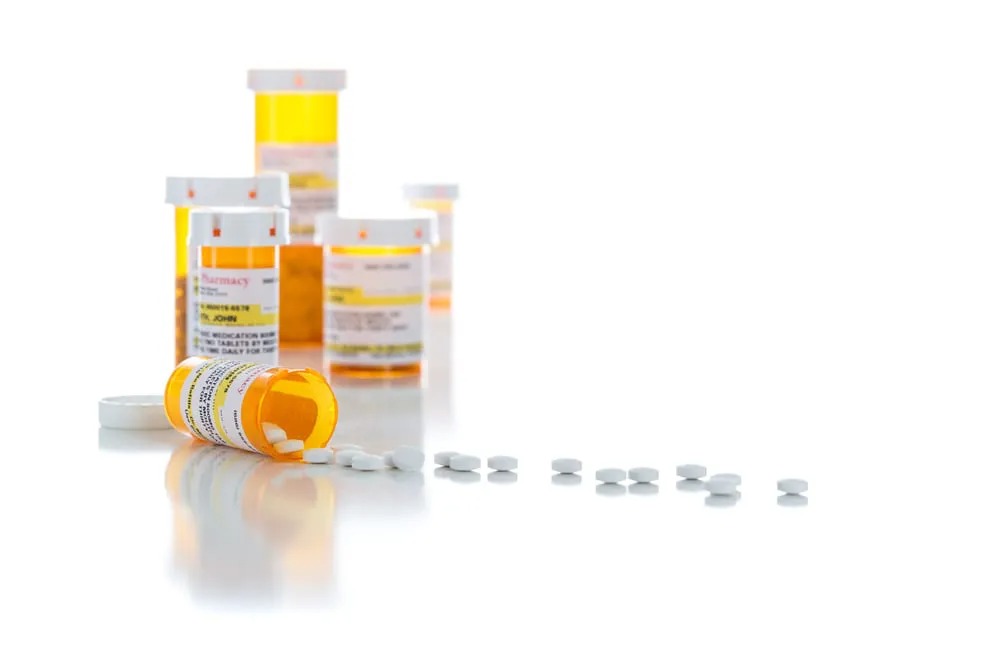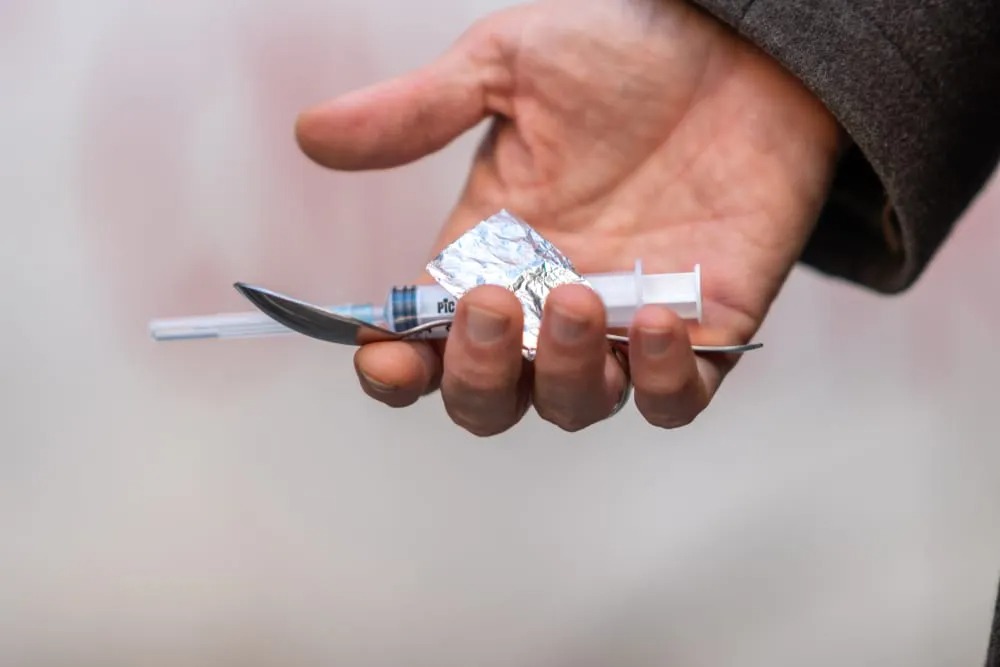Did You Know?
Different types of medications may help in the treatment of an intermittent explosive disorder. These may include certain antidepressants ― specifically selective serotonin reuptake inhibitors (SSRIs) ― anticonvulsant mood stabilizers or other drugs if needed.
Individual or group therapy sessions that focus on building skills can be helpful. A commonly used type of therapy, cognitive-behavioral therapy.
Some examples of mood disorders include:
- Major depressive disorder — prolonged and persistent periods of extreme sadness
- Bipolar disorder — also called manic depression or bipolar affective disorder, depression that includes alternating times of depression and mania
- Seasonal affective disorder (SAD) — a form of depression most often associated with fewer hours of daylight in the far northern and southern latitudes from late fall to early spring
- Cyclothymic disorder — a disorder that causes emotional ups and downs that are less extreme than bipolar disorder
- Premenstrual dysphoric disorder — mood changes and irritability that occur during the premenstrual phase of a woman’s cycle and go away with the onset of menses
- Persistent depressive disorder (dysthymia) — a long-term (chronic) form of depression
- Disruptive mood dysregulation disorder — a disorder of chronic, severe and persistent irritability in children that often includes frequent temper outbursts that are inconsistent with the child’s developmental age
- Depression related to medical illness — a persistent depressed mood and a significant loss of pleasure in most or all activities that’s directly related to the physical effects of another medical condition
- Depression induced by substance use or medication ― depression symptoms that develop during or soon after substance use or withdrawal or after exposure to a medication
Based in Point Pleasant, NJ, we not only serve the psychiatric needs of those in local surrounding area towns (i.e. Point Pleasant, Brick, Wall, Manasquan) and local counties (i.e. Ocean County, Monmouth County), but we also serve a broader potential area for clinical care with our telehealth service.




















